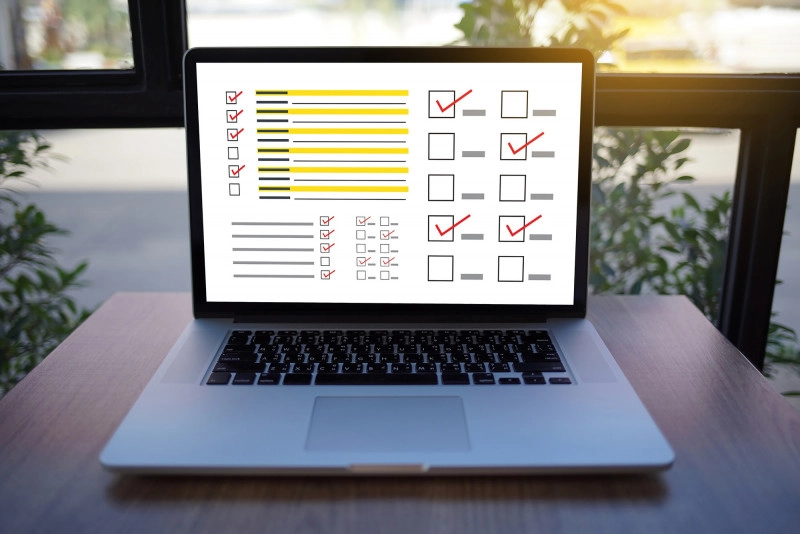SEO is a long game, but the payoff can be huge if you identify and implement the right strategy. There is no one-size-fits-all technique. Each business has different goals, target markets, targeted search terms, and types of content, and finding the right “recipe” using advanced SEO techniques is the way to win the long game.
Set Your Goals
In order to move forward with an advanced SEO strategy, you need to identify your business goals and determine how SEO can help you reach them.
Do you want to increase your organic traffic in order to earn ad revenue? Rank on the first page of Google for a hyperlocal search term to beat out your competitors? Drive sales to your site to sell a product and get email signups to create repeat customers?
Each goal will have a different path and require a different amount of traffic to succeed. While it is important to build search traffic in any scenario, more traffic does not necessarily mean higher revenue. For example, a business focused on ad revenue may have double the traffic of another site that earns revenue through product sales, but the product sales may bring in more revenue than the site with ad sales, even with less traffic. It goes to show that diversifying your revenue streams is the way to go!

Perform an Analytics Report
In order to double your search traffic, you need to see where you’re starting. Perform a site audit using a tool like SEMRush and look at your traffic reports on Google Analytics to identify your top performing content and keywords so you can do more of that.
If you’re starting from zero or a relatively low amount of traffic, doubling your traffic may not be the goal. You may need to 10x your traffic by the end of the year to reach your goals!

Become an SEO Expert (or Hire One)
To utilize advanced SEO techniques to reach your traffic and revenue goals, you either need to become an SEO expert or hire one.
Advanced SEO has a steep learning curve that can be costly and time intensive, so you will have to determine which scenario makes sense for your business model and timeline.

Improve Site Performance and UX
You could be targeting all the right keywords, ranking number one on Google, and providing the best information and services for a search term, but your rankings and traffic will fall sharply if you don’t prioritize website speed, performance, and user experience.
Check your site speed and performance using Google PageSpeed Insights and Google Search Console and identify areas to improve, and make sure your site is accessible, easy to navigate, and fast.
Page speed and user experience are closely related. Studies show that 40% of people abandon a website that takes more than 3 seconds to load.

Implement and Monitor
Once you implement your SEO plan, you have to regularly monitor it to make sure everything is performing as planned, tweak as needed, and stay up to date on best practices. This can be overwhelming for one person to manage, so consider hiring if you are at that point in your business.

Utilize Multiple Content Types
When you think of SEO, what comes to mind? Probably Google SERPs, written website content, and keywording for search engines.
But every piece of content on the internet can benefit from SEO from social media to Pinterest to YouTube. Expand your reach on multiple platforms that make sense for your business. Many keyword research tools, such as Keysearch, offer YouTube SEO tools.

Need help?
If implementing your SEO strategy is becoming frustrating or taking time away from your day-to-day business tasks, hiring an SEO expert can take this work off your plate so you can focus on growing your business! Drop us a line.













Leave a Comment
Comments (0)